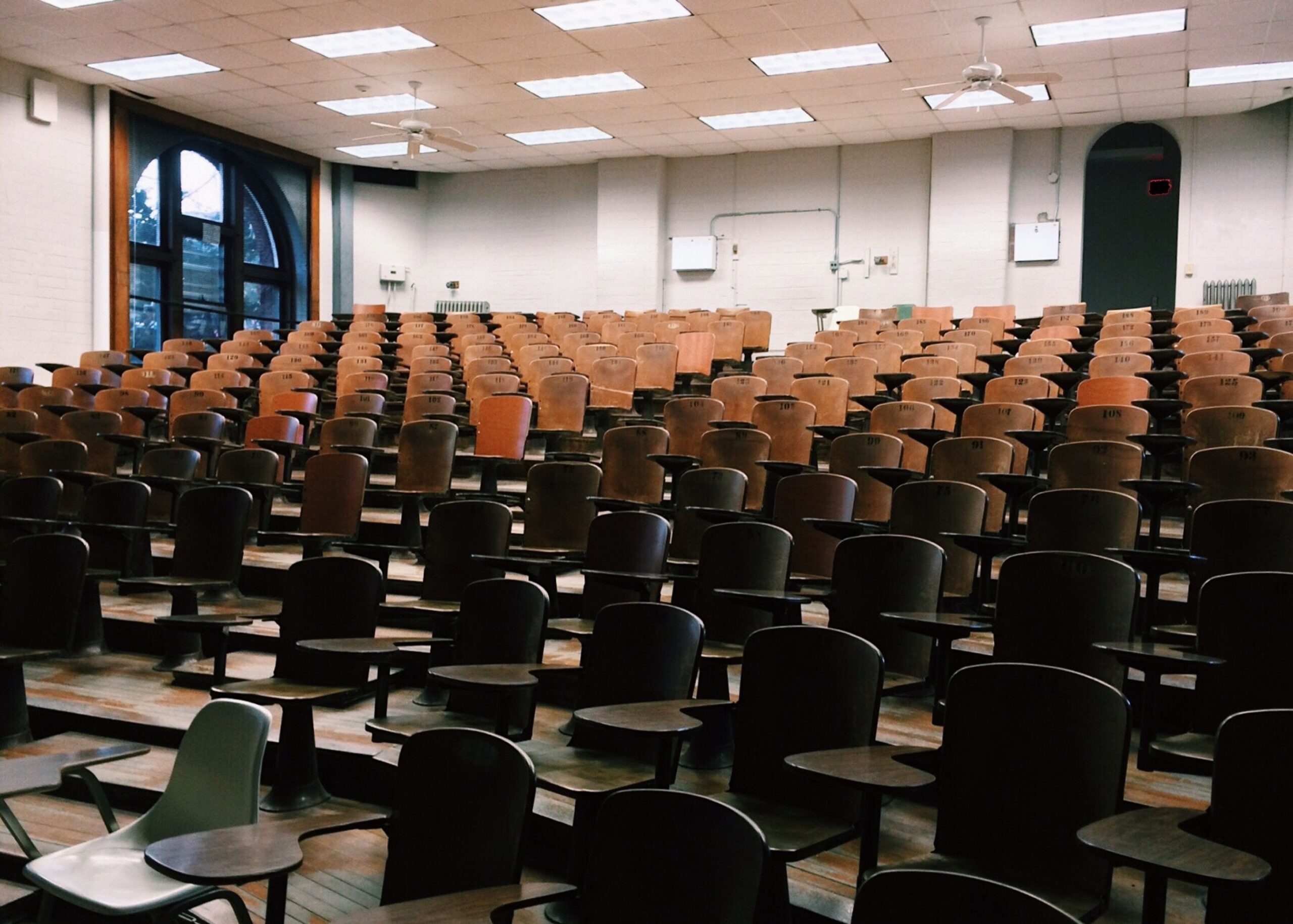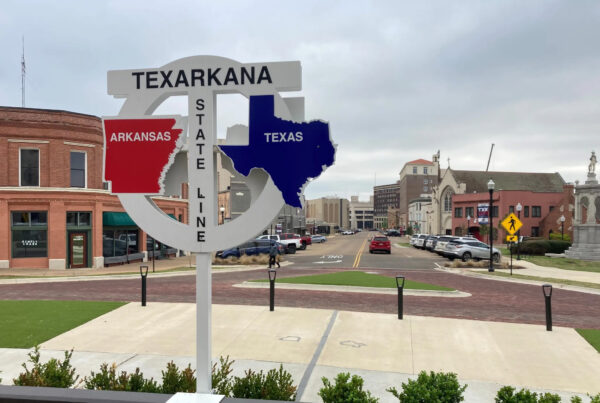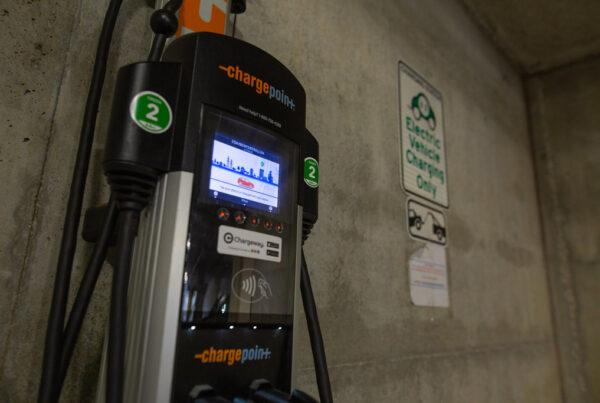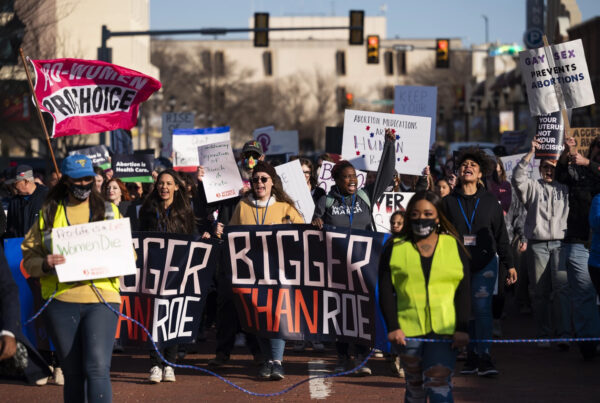New research from the Dallas Federal Reserve shows young adults ages 18 to 24 are increasingly feeling “disconnected” from work and school – meaning they’re not working or enrolled in higher education.
While it’s a trend that accelerated during the pandemic, the issue of disconnected young adults started in the 90s.
Anna Crockett, an adviser with the Dallas Federal Reserve, joined the Texas Standard to explain more about why young people are feeling disconnected and what policymakers can do about it.
This transcript has been lightly edited for clarity:
Texas Standard: Your research focuses on “disconnected youth.” How are you defining that term?
Anna Crockett: We defined disconnected young adults as 18- to 24-year-olds who are not working and they’re not looking for work and they’re not in school. And our research starts in 1989, goes all the way up until last year.
So you started to see this phenomenon long ago. I mean, I’ve heard a lot about people not entering the workforce more recently, and a lot of that’s been tied to reports on the effects of the pandemic and such. But could you say more about the evolution of this?
Absolutely. We got interested in this work right at the beginning of the pandemic, as you said, and we saw a lot of young people who lost those in-person service sector-type jobs and also chose not to enroll in college or universities since everything went online. What we wanted to do was take a step back and see how young adults’ relationship with work and school had changed over time and whether that COVID-era disengagement with the economy was something new or whether we’d seen this movie before.
Well, it sounds like we have seen this movie before. Or did you find something different?
We found that the percent of these disconnected adults has been going up since about the mid-to-late 90s, and it’s generally been rising ever since. It did reach a decades-long high of about 14% in 2020 – so COVID definitely impacted it, but we saw this trend way before then.
Tell us a little bit about the numbers that you were seeing before the pandemic. I mean, 14% is what you saw right around the pandemic. So what about prior to that?
Prior to then, we saw that the school enrollment had been pretty flat in recent decades. And a lot of young people had also dropped out of the labor force in the 2010s, particularly after the Great Recession. So we really haven’t seen those numbers improve. And when you have enrollment being flat and more and more young people not working, that’s when we see that disconnection rate going up.
Is there a way of quantifying how much of an impact that has on someone’s life? I mean, are there averages and that sort of thing?
Our research doesn’t look into that, but there is a lot of literature that does, and it does find that people who have these disconnected events early on in their lives, they are more likely to experience unemployment as adults, have lower lifetime earnings and poorer health. So other research has found that these really do impact folks long-term.
Are you seeing anything special in Texas, or does Texas reflect general national trends?
Texas generally falls in the middle of the pack compared with other states. So our trends are pretty similar to those other states with large populations – Florida, California and New York. We rank about 21 out of the 50 states, but even so, with Texas having about 12% of our young adults not working and not in school, we’ve got a huge population. So that’s a fair share of people.
What is causing this disconnect that you describe when you have a spike of 14% with the pandemic? How has the pandemic apparently exacerbated the numbers that you’re seeing?
Well, our data can’t tell us that, but we do rely on a lot of folks who work with these young people on the ground to let us know what they’re seeing. And what we’ve heard with those interactions with them is that the main three factors are transportation, child care and broadband access, or the lack thereof. [During the] pandemic, they said really those three factors didn’t change, but it kind of reordered them, with broadband being the biggest factor, particularly in our rural areas where disconnection is generally higher than it is in urban areas.
How would broadband access affect connectivity? It sounds obvious in a sense, but I’m curious about, for instance, broadband wouldn’t, in theory at least, stop someone from getting a job – or would it?
Well, certainly during the pandemic, when a lot of things stopped being in-person and went online – school as well as business – that certainly impacted that. And talking about if you’re a college student and not being able to get reliable internet, it’s certainly going to be harder to get your work done at home. So it definitely can impact how folks are able to engage with both work and school.
How much of this seems to be tied to expectations that young people have? Or I’m wondering if there’s a greater expectation that young people have about what happens in their lives as they get older or if there is a decrease in expected earnings or expected success rates or what exactly is going on. It seems like it’s almost a psychological component or dimension here.
It certainly could be. When we spoke with people on the ground, they let us know that COVID, one of the silver linings, of course, was people can reevaluate what’s important to them and what kind of future they envision for themselves, whether it’s school or work or something else. So it’s possible that that could have contributed to people’s psychological expectations of what they would want their future to look like. So it could certainly play a factor in that.
We also hear that mental health, even substance abuse, can contribute to disconnection, although it’s hard to pinpoint how much of it is affected by that. But that is certainly a large component of what we’re seeing, as well as cultural expectations, too.
It’s my understanding that after a sort of peak around the height of the pandemic, the numbers have started to moderate just a little bit. Are researchers optimistic or still too early to tell?
That’s right. The numbers have moderated somewhat, so that is certainly good news. I think school enrollment has also peaked a little bit more since the pandemic-era losses. So I think there are reasons to be optimistic. What I would emphasize, though, is that all of those other types of factors that prevent folks from going to work and going to school – not having a personal home vehicle, not having somewhere for their child to be during work hours – those are the things that are going to be worth focusing on going forward.














